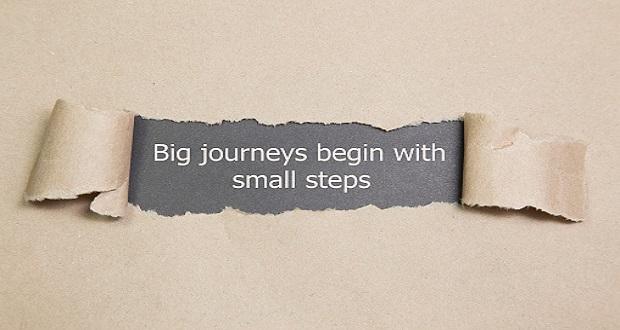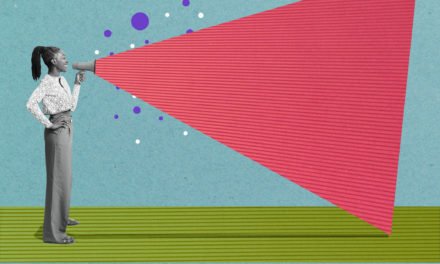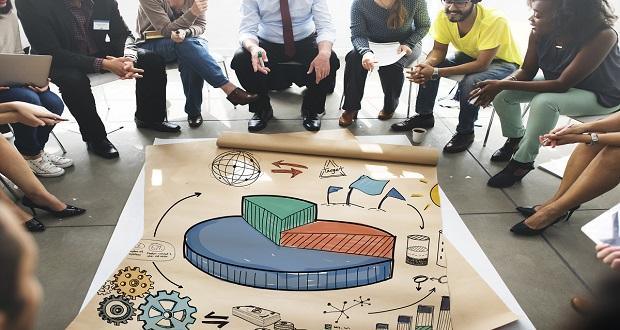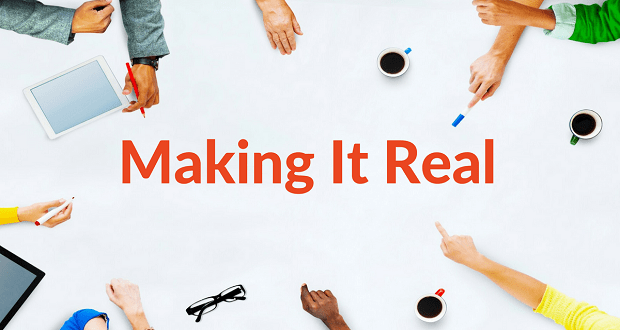
“What do you think of the Starbucks thing?” This was a question I received frequently from friends last May when Starbucks elected to close 8000 stores for a day to provide training to its team members on unconscious racial bias. This announcement came in response to a widely-publicized incident in which two black men were arrested in a Philadelphia store while waiting for a business meeting.
Many social media users responded swiftly to Starbucks’s announcement, accusing the company of making an empty PR move to save face. To be certain, it is impossible to entirely separate business interests from an initiative like this; when a company responds to a negative incident with a rectifying measure, the measure is intended, in part, to improve the company’s public image. While a trivial PR move following a serious incident is not appropriate, I am hesitant to write off Starbucks’s efforts in this instance.
The popular press also responded to Starbucks’s announcement, sometimes taking another critical tack. Vox published an article titled “Companies Like Starbucks Love Anti-Bias Training. But it doesn’t work — and May Backfire.” Slate similarly declared, “Starbucks Scheduled a Day of Implicit Bias Training…It Probably Won’t Work,” and the New York Times hyperbolized, “Starbucks’s Tall Order: Tackle Systemic Racism in 4 Hours.”
There are many reasons individuals may have reservations about unconscious bias training—from those under the misconception that they are immune to bias, to those who view it as part of a partisan agenda, to those who see bias as a problem but still choose not to prioritize education or other inclusion-related initiatives in their own organizations. Headlines like this appease all of these individuals—but the problem is, they are all misleading.
As usual, the story is more complex than one clickbait headline can capture. It’s true: the research on diversity-related training is mixed, and what we do know is that many short-term workshops don’t have the effects we might hope. People can gain knowledge on a topic without changing their attitudes or behaviors. Learning also deteriorates over time, and new concepts can be forgotten in the weeks or months following trainings.
Of course, it is more provocative and interesting (read: it sells better) to categorically declare “this training won’t work,” than “well, it depends.” But we owe it to ourselves and one another to expand and complicate this narrative. When we accept the notion that education surrounding equity, inclusion, and de-biasing our interactions is fruitless, we become complacent. We give ourselves excuses not just to curtail challenging conversations about inequity—conversations that need to be ongoing to be effective—but to avoid beginning them altogether.
Not all diversity-related learning is created equal. Research shows that a few key elements drastically increase the likelihood that learners will retain information and use it to make their interactions more equitable. Among these: the information is clearly connected to the learners’ experiences, it is evident to the learners why the material covered will benefit them, and the education is presented as part of a broader portfolio of equity and inclusion-centered initiatives in an organization. One four-hour workshop cannot possibly solve, nor comprehensively cover systemic racism, but it can provide a meaningful start—particularly if it leads learners to important discoveries.
I think back to the time I first came to understand the concept of unconscious bias. In a college course reading, I encountered a study of elementary classrooms. Though classroom teachers assured the researchers they treated all of their students equally, researchers found that teachers called on boys more frequently than girls, and gave them more leniency, praise, and encouragement. Clear disparities also existed in teachers’ treatment of white students versus students of color. Importantly, the teachers were shocked to view footage of their own teaching and observe these patterns of bias. As I processed these findings, it was the first time that I fully comprehended how our behaviors can play out without our realizing it, even if they contradict our own value systems. I returned to the preschool where I was teaching with a fresh perspective, continually reflecting on my own patterns of interaction with students, in hopes of recognizing and working to counteract my own biases. The article took me 20 minutes to read, but it changed my entire outlook on the world. If engineered carefully, quite a lot of revelation can be fit into 4 hours.
Starbucks executives could have simply fired the manager responsible for unjustly escalating the situation in a Philadelphia store, but instead they turned to education. Spokespeople for the company assured skeptics that bias trainings would be just one of many ongoing efforts to raise awareness of and open conversations about equity and inclusion among its team members. These promises must be delivered upon before we look to Starbucks as a prime example of a company “tackling” systemic racism, but the fact that company leaders recognized an unjust occurrence as something more than an isolated incident and responded in kind with a training required for everyone from upper management to store employees is arguably unprecedented. The potential for this response to establish further-reaching education efforts in other companies—not just in the form of damage control, but to pre-empt harm from occurring in the first place—deserves recognition.


















